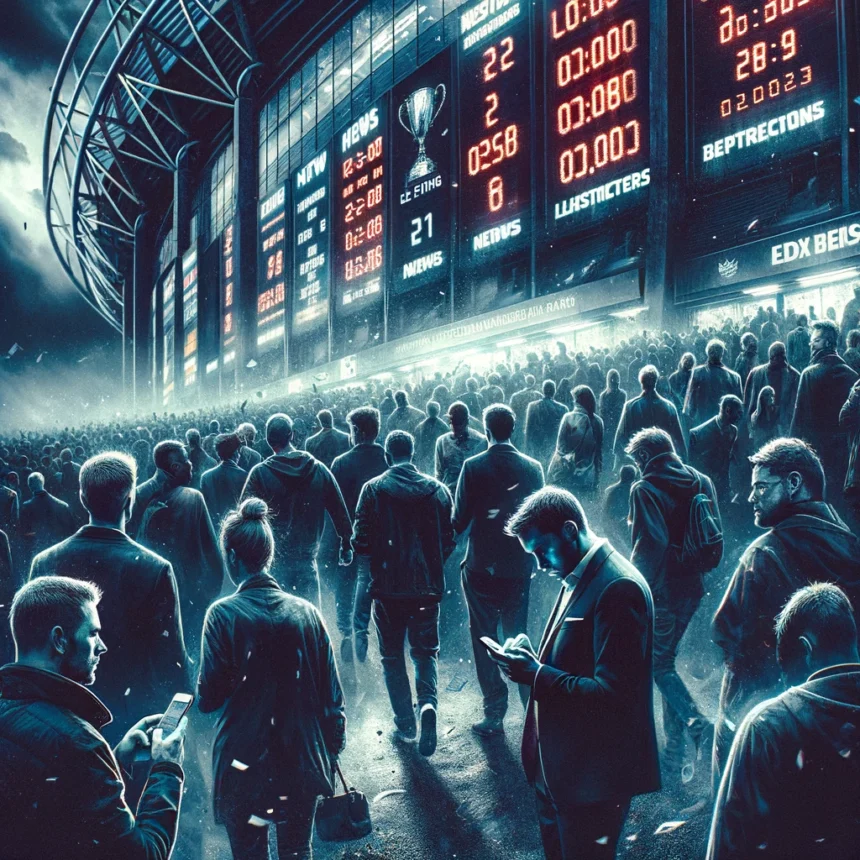When it comes to understanding what football cleats look like, it’s essential to explore their diverse designs, functionalities, and the technological advancements that define them. In this comprehensive guide, we will delve into the various styles of football cleats, their components, and how they cater to different playing surfaces and player positions.
Types of Football Cleats
Football cleats come in several types, each suited for different field conditions and player needs. Here is a breakdown of the most common types:
| Type | Description | Best For |
|---|---|---|
| Molded Cleats | These cleats have non-removable, molded studs attached to the bottom. They are versatile and can be used on various surfaces. | All-purpose play |
| Detachable Cleats | The studs on these cleats can be removed and replaced, allowing players to customize their cleats for specific field conditions. | Adjustable needs |
| Turf Shoes | Designed with numerous small rubber studs, these shoes provide excellent traction on artificial surfaces without damaging them. | Artificial turf |
Main Components of Football Cleats
Understanding the components of football cleats is crucial for selecting the right pair. The main components include:
- Upper: The upper part of the cleat provides stability and protection. It is usually made from synthetic materials or leather.
- Midsole: This part provides cushioning and support to the foot, often equipped with shock-absorbing technologies.
- Outsole: The bottom part of the cleat with the studs or spikes. It determines the amount of traction and grip provided.
- Studs/Spikes: These are attached to the outsole and can be either molded or detachable, depending on the cleat type.
Design and Aesthetics
Beyond functionality, design and aesthetics play a significant role in the appeal of football cleats. Modern cleats feature various designs, colors, and patterns to match players’ personal preferences. Popular designs include:
- Bold Colors: Cleats in vibrant colors such as neon green, bright red, and electric blue make a fashion statement on the field.
- Graphic Patterns: Some cleats feature intricate patterns or logos to add a personalized touch.
- Customization Options: Many brands offer customization services, allowing players to add their names, numbers, or even custom graphics.
Technological Advancements
Technological advancements have significantly influenced the design and functionality of football cleats. Features such as lightweight materials, enhanced cushioning, and improved traction systems have made modern cleats more efficient and comfortable. Some notable advancements include:
- Flyknit Technology: Used by brands like Nike, this provides a snug, sock-like fit while offering breathability and flexibility.
- GripControl Pro: A technology used by Puma to enhance ball control and grip in various weather conditions.
- Boost Cushioning: Implemented by Adidas to provide superior energy return and comfort.
In summary, football cleats are much more than just footwear; they are a fusion of style, comfort, and cutting-edge technology designed to enhance performance on the field. Whether you are a professional player or a casual enthusiast, understanding the nuances of different cleats can help you make an informed decision and elevate your game.

















